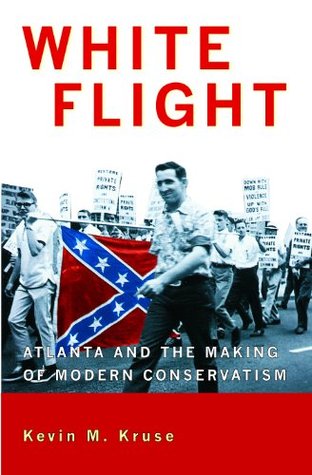Without unanimous support for staying, the alternative of selling gained strength as 1954 wore on. While white homeowners wished to sell their homes to buyers of the same race, they realized that no white buyer would pay full price for homes in a “transition neighborhood” like theirs. Ultimately, financial concerns trumped racial ones. “I will not take a loss on my home,” noted a typical resident of Collier Drive. Therefore, much of the neighborhood turned to the black real-estate market, where the homes would sell at much higher prices.
Welcome back. Just a moment while we sign you in to your Goodreads account.


